15 Red Flags About Your House That Repel House Buyers

Selling your house can be tricky, especially when buyers spot problems you’ve learned to ignore. Those little quirks you’ve gotten used to might be major turnoffs for potential buyers.
Understanding what makes house hunters run away can help you fix these issues before listing your property, saving you time and potentially thousands of dollars.
1. Funky Odors That Won’t Quit

Nothing sends buyers running faster than a mysterious smell greeting them at the door. Pet odors, cigarette smoke, and musty basement scents can linger for years.
These funky odors signal potential deeper issues like mold or pet damage. Professional cleaning, replacing carpets, or using an ozone treatment might be necessary before showing your home.
2. Outdated Electrical Systems
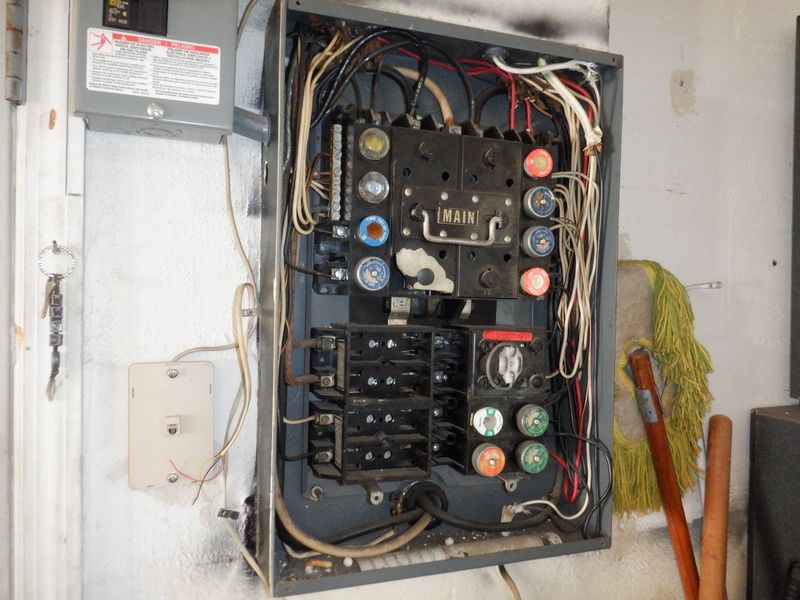
Dangling wires, outdated fuse boxes, and visible electrical tape repairs make modern buyers nervous. Safety concerns immediately jump to the forefront of their minds. Electrical systems from decades ago weren’t designed to handle today’s technology demands.
Knob-and-tube wiring or insufficient outlets suggest expensive upgrades will be necessary, causing potential buyers to mentally subtract thousands from their offer.
3. Water Stains On Ceilings Or Walls
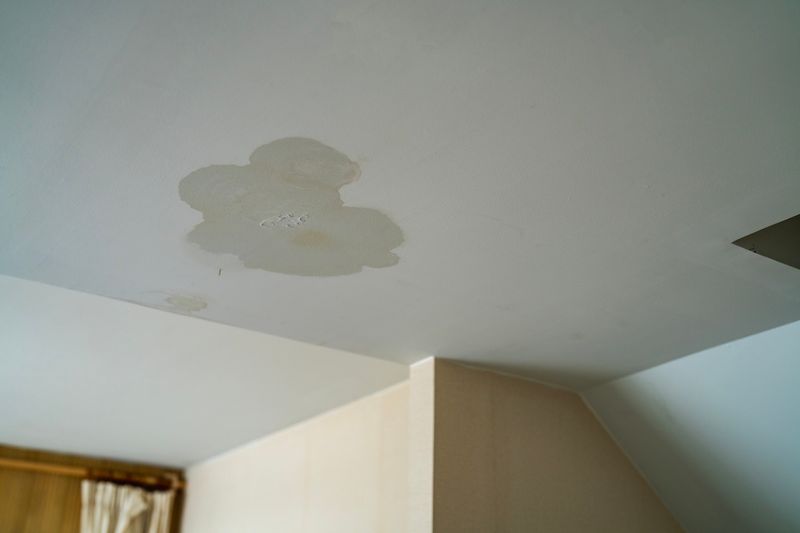
Yellowish-brown splotches on walls or ceilings immediately raise red flags. Even old, fixed leaks leave behind these telltale signs that make buyers wary. Water damage suggests potentially serious problems hiding beneath the surface.
Most house hunters fear the words “mold” and “structural damage,” so these stains can kill deals quickly, even if the underlying problem was resolved years ago.
4. Cracked Foundation Problems

Jagged lines running across your basement walls might seem minor to you but scream “expensive repair” to potential buyers. Foundation issues represent one of the most costly home repairs. Even hairline cracks can suggest structural problems that worsen over time.
Buyers often bring in specialists to examine these issues, and negative reports can sink your sale faster than you can say “settlement crack.”
5. Overgrown, Neglected Landscaping
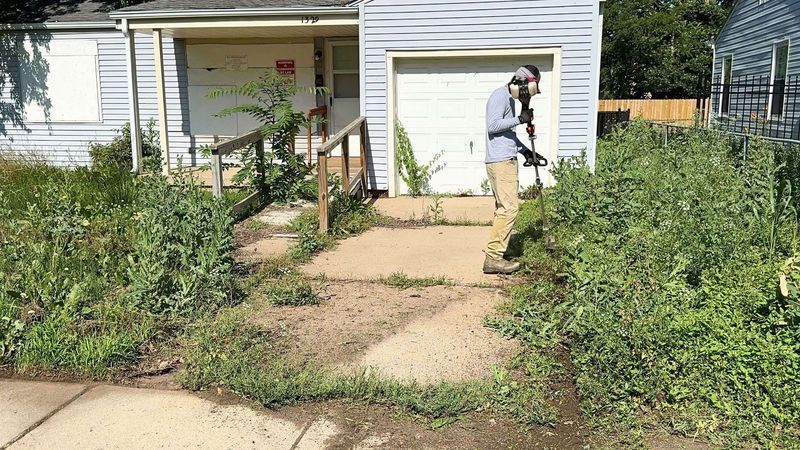
First impressions matter tremendously when selling a home. Jungle-like yards with knee-high grass and shrubs attacking the windows signal neglect to potential buyers. Overgrown landscaping makes people wonder what else hasn’t been maintained.
Even if your interior is spotless, many buyers won’t get past the driveway if they’re fighting through weeds just to reach your front door.
6. DIY Repairs Gone Wrong

Amateur fixes stick out like sore thumbs to experienced homebuyers. Crooked tile work, uneven paint jobs, and mismatched materials reveal a lack of professional care. While you might be proud of handling repairs yourself, buyers see future expenses.
Each visible DIY project gets mentally added to their “must fix” list, potentially reducing offers by thousands or scaring them away completely.
7. Outdated Kitchen Cabinets And Countertops
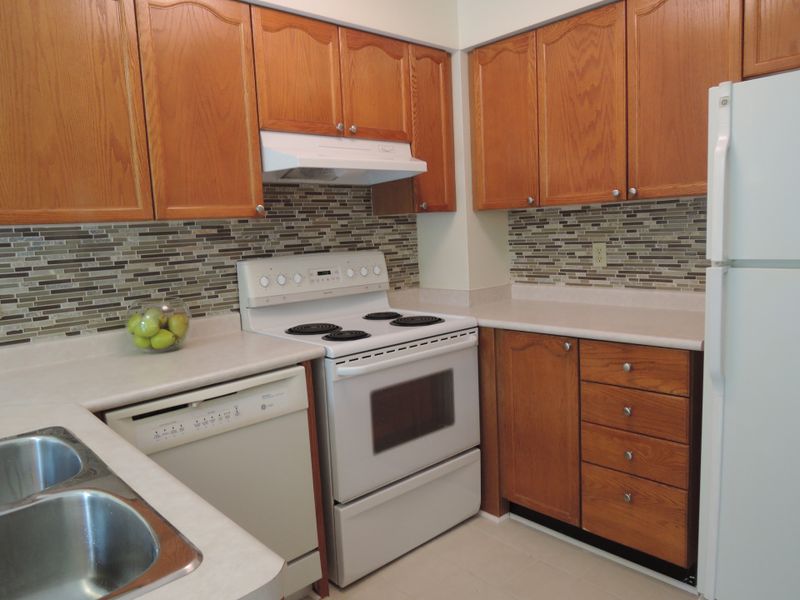
Kitchens sell houses, but dated ones can break deals faster than dropping a cast iron skillet. Dark wood cabinets from the 70s and laminate countertops scream “renovation needed.” Outdated kitchens represent significant renovation expenses.
When buyers see harvest gold appliances or worn Formica, they’re mentally calculating a $30,000+ remodel before they’ve even checked the bedrooms.
8. Obvious Pest Problems

Spotting a single ant during a showing might be forgiven. Finding mouse droppings or hearing scratching in the walls will send buyers running for the door. Pest issues suggest deeper problems with the home’s structure or cleanliness.
Evidence of termites, carpenter ants, or rodents creates immediate concerns about damage that might be hidden within walls, causing buyers to question the home’s integrity.
9. Weird Room Configurations

Awkward layouts make potential buyers struggle to envision their furniture fitting comfortably. Bedrooms only accessible through other bedrooms or kitchens without proper work triangles confuse and frustrate.
Strange floor plans often result from DIY additions or poorly planned renovations. Most buyers aren’t looking for major reconstruction projects, so they’ll likely pass on homes requiring walls to be moved just to make sense.
10. Noisy Neighborhood Issues
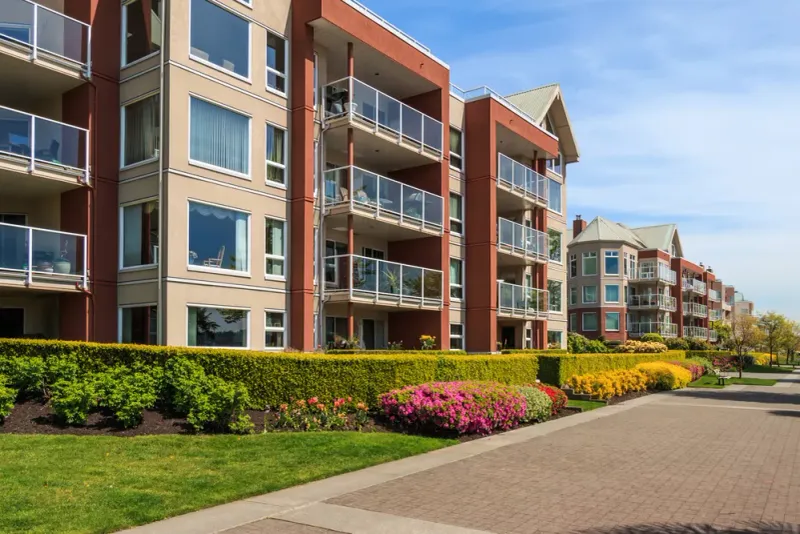
External factors can tank your sale regardless of your home’s condition. Barking dogs next door, nearby train tracks, or being under a flight path create constant disruptions.
Noise problems are deal-breakers because they can’t be fixed with renovation. Savvy buyers often visit potential homes at different times of day specifically to check for noise issues before committing to a purchase.
11. Mold And Mildew Growth
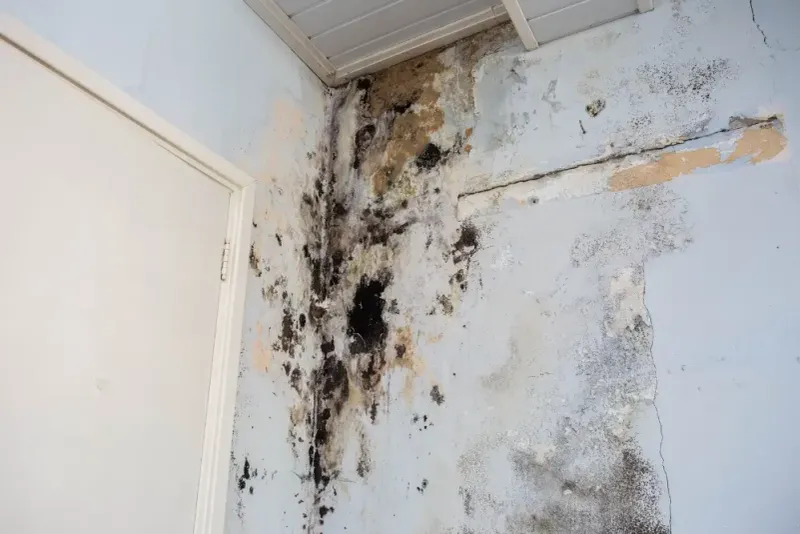
Black or green spots in bathrooms and basements send health-conscious buyers running. Mold suggests moisture problems that could be extensive and expensive to remediate.
Beyond the visible growth, mold concerns trigger worries about indoor air quality and respiratory issues. Even small patches in shower corners can raise questions about whether more serious infestations lurk behind walls or under floors.
12. Popcorn Ceilings With Possible Asbestos
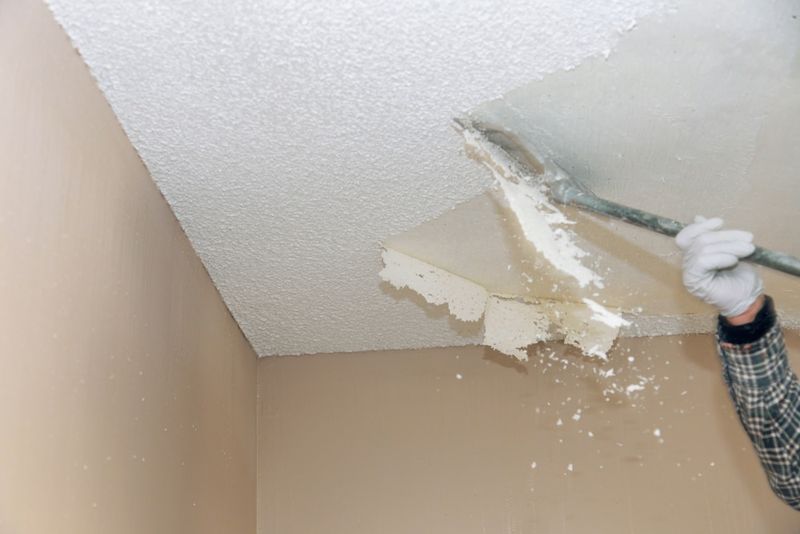
Those textured ceilings popular decades ago now represent both aesthetic and health concerns. Homes built before the 1980s often contain asbestos in their popcorn ceilings. Removal isn’t just about looks – it’s potentially hazardous and expensive.
Buyers immediately calculate the cost and hassle of professional remediation, often reducing offers significantly or passing entirely on homes with these outdated ceiling treatments.
13. Poor Lighting Throughout

Dark, cave-like interiors make spaces feel smaller and less inviting. Inadequate lighting creates a gloomy atmosphere that’s hard for buyers to see past. Dim homes feel depressing regardless of their actual square footage.
While lighting can be upgraded, many buyers lack the vision to see beyond the current dreary state, making them less likely to appreciate your home’s potential.
14. Overpriced Compared To Neighbors

Setting your price significantly above comparable homes in the neighborhood raises immediate suspicion. Savvy buyers research recent sales before viewing properties. Overpricing suggests either unrealistic expectations or hidden problems requiring disclosure.
Even in a seller’s market, homes priced too high sit longer, eventually becoming stigmatized as buyers wonder what’s wrong with that house no one wants.
15. Cluttered, Overpersonalized Spaces
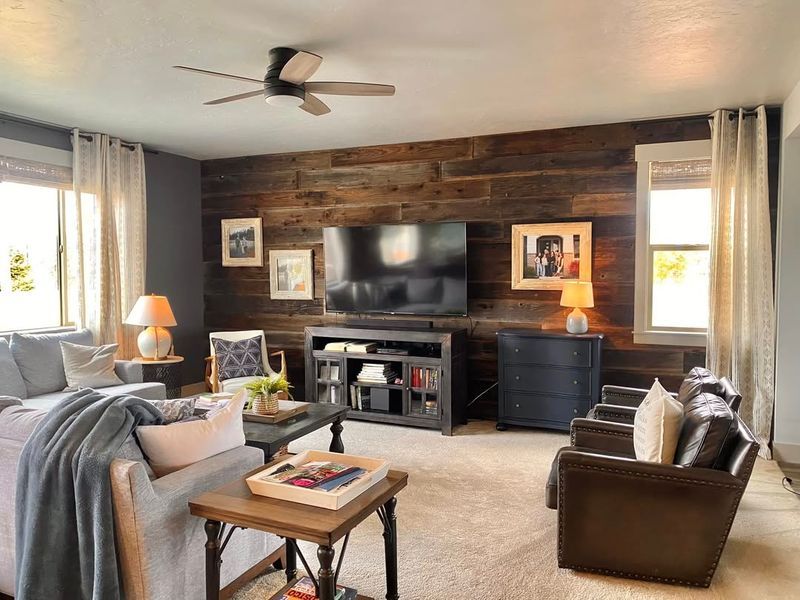
Rooms bursting with personal collections and family photos make it difficult for buyers to envision themselves living there. Your treasured memorabilia creates emotional distance for potential purchasers.
Excessive personalization feels like you’re touring someone else’s life, not a potential home. Smart sellers depersonalize spaces before listing, removing specific religious items, political statements, and unusual collections that might alienate buyers.






